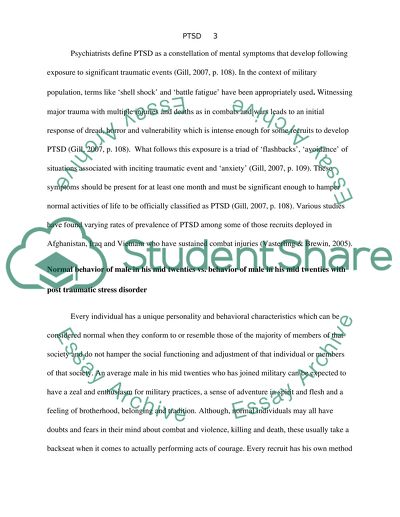Cite this document
(“Normal Behaviour vs. Abnormal Behaviour in Military Population Research Paper”, n.d.)
Normal Behaviour vs. Abnormal Behaviour in Military Population Research Paper. Retrieved from https://studentshare.org/psychology/1446040-normal-behaviour-vs-abnormal-behaviour-in-military
Normal Behaviour vs. Abnormal Behaviour in Military Population Research Paper. Retrieved from https://studentshare.org/psychology/1446040-normal-behaviour-vs-abnormal-behaviour-in-military
(Normal Behaviour Vs. Abnormal Behaviour in Military Population Research Paper)
Normal Behaviour Vs. Abnormal Behaviour in Military Population Research Paper. https://studentshare.org/psychology/1446040-normal-behaviour-vs-abnormal-behaviour-in-military.
Normal Behaviour Vs. Abnormal Behaviour in Military Population Research Paper. https://studentshare.org/psychology/1446040-normal-behaviour-vs-abnormal-behaviour-in-military.
“Normal Behaviour Vs. Abnormal Behaviour in Military Population Research Paper”, n.d. https://studentshare.org/psychology/1446040-normal-behaviour-vs-abnormal-behaviour-in-military.


